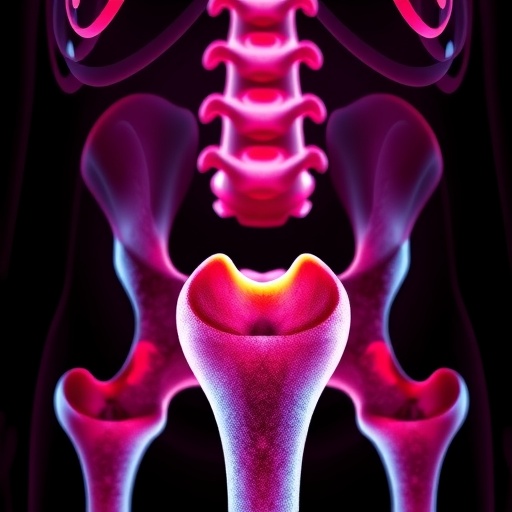A new discovery published in the Nov. 2015 issue of The FASEB Journal shows that cancer cells use previously unknown channels to communicate with one another and with adjacent non-cancerous cells. Not only does this cast an important light on how cancer metastasizes and recruits cellular material from healthy cells, but it also suggests that these physical channels might be exploitable to deliver drug therapies.
"I hope that the tools we have developed, especially the mouse model, will be used by academics to isolate healthy cells modified by tumors, and by the pharmaceutical industry in the quest for novel anti-cancer drugs that block tumor-organ communication," said Anne Burtey, Ph.D., study author from the Department of Biomedicine, at the University of Bergen in Bergen, Norway. "I also hope the knowledge we provide here is paving the way to engineer 'super-spreading' agents, with increased abilities to diffuse within tumors and even reach the healthy cells involved in tumor progression."
To make this discovery, Burtey and colleagues studied the exchange of molecules between cells, by color-coding them with red or blue cellular fluorescent 'dyes' or 'tags.' Blue cells were co-cultured with red cells and monitored to see if they exchanged cellular material, such as proteins. They observed that the function a protein involved in the transport of proteins and organelles within cells (called 'Rab8'), was affected, suggesting that this protein is a key regulator of cell-cell communication in cancer. Live cell imaging confirmed that the transfer is contact-dependent. Importantly, the scientists experiments also showed that this process occurs in vivo. Using two groups of mice that had green (healthy cells) and red (human cancer cells) fluorescent tags, they observed a transfer of red material into the green healthy cells of the mice's mammary fat pads.
"Mexican drug lords are not the only ones who use secret tunnels to move material across seemingly impenetrable borders," said Gerald Weissmann, M.D., Editor-in-Chief of The FASEB Journal. "At the cellular level, it appears that cancer cells do the same thing. Now that we know these tunnels exist we can shut them down or use them to deliver lifesaving therapies."
###
Receive monthly highlights from The FASEB Journal by e-mail. Sign up at http://www.faseb.org/fjupdate.aspx. The FASEB Journal is published by the Federation of the American Societies for Experimental Biology (FASEB). It is among the world's most cited biology journals according to the Institute for Scientific Information and has been recognized by the Special Libraries Association as one of the top 100 most influential biomedical journals of the past century.
FASEB is composed of 27 societies with more than 120,000 members, making it the largest coalition of biomedical research associations in the United States. Our mission is to advance health and welfare by promoting progress and education in biological and biomedical sciences through service to our member societies and collaborative advocacy.
Anne Burtey, Marek Wagner, Erlend Hodneland, Kai Ove Skaftnesmo, Julia Schoelermann, Ivan Rios Mondragon, Heidi Espedal, Anna Golebiewska, Simone P. Niclou, Rolf Bjerkvig, Tanja Kögel, and Hans-Hermann Gerdes. Intercellular transfer of transferrin receptor by a contact-, Rab8-dependent mechanism involving tunneling nanotubes. FASEB J. November 2015 29:4695-4712; doi: 10.1096/fj.14-268615 ; http://www.fasebj.org/content/29/11/4695.abstract




